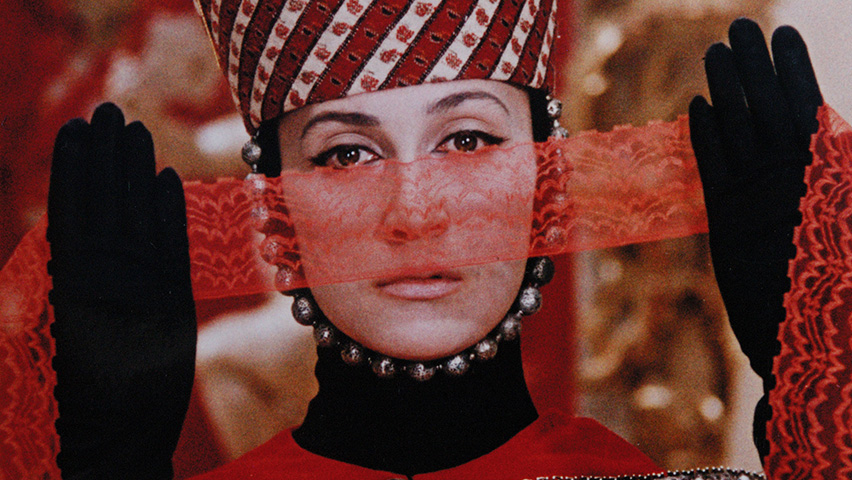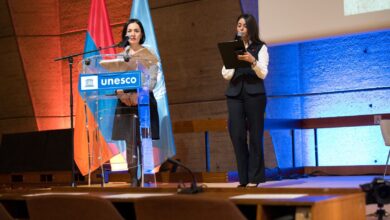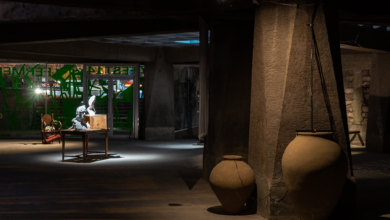Pursing Justice Through Art 2015: Multi-Cultural Genocide exhibition at Whistler House Museum of Art
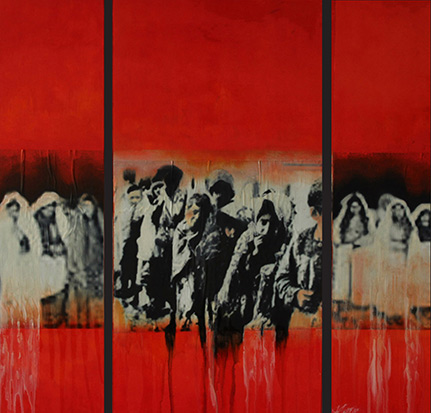
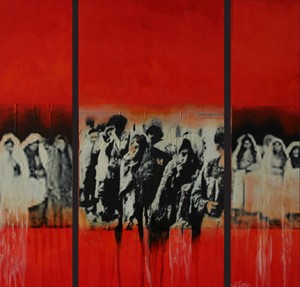 As April is International Genocide Month, the Whistler House Museum of Art is planning a Multi-Cultural Genocide exhibition and symposium entitled Pursuing Justice Through Art: 2015. In conjunction with the symposium, which will take place from 1:00 to 4:00 pm on Saturday, April 18, there will be an art exhibition which will be presented in the Parker Gallery. The exhibition runs from March 18 to April 25, where works of art will be displayed by artists whose themes are rooted in genocide and holocaust memories and commemoration. The opening reception for the exhibition will take place on Saturday, March 21.
As April is International Genocide Month, the Whistler House Museum of Art is planning a Multi-Cultural Genocide exhibition and symposium entitled Pursuing Justice Through Art: 2015. In conjunction with the symposium, which will take place from 1:00 to 4:00 pm on Saturday, April 18, there will be an art exhibition which will be presented in the Parker Gallery. The exhibition runs from March 18 to April 25, where works of art will be displayed by artists whose themes are rooted in genocide and holocaust memories and commemoration. The opening reception for the exhibition will take place on Saturday, March 21.
The year 2015 is significant in genocide history. It is the 100th Anniversary of the Armenian Genocide, the 70th Anniversary of the end of the Jewish Holocaust, and the 40th Anniversary of the Cambodian Genocide.
The word “genocide” was coined in 1944 to name a particularly shocking and horrific crime of violence. It was hoped it would never happen again. Genocide is the systematic and widespread extermination or attempted extermination of an entire national, racial, religious, or ethnic group. Genocide, whether committed in time of peace or in time of war, is a crime under international law.
More than 262 million people throughout the world were murdered as a result of genocide in the 20th century. Armenian, German, Cambodian, Bosnian, Guatemalan, Rwandan, Sudanese and Native Americans are only a few of the nationalities that have been affected by genocide. It is the hope that education and awareness through the medium of art can be used to help ensure a more peaceful future in the 21st century.
“We are very proud to be presenting this important program to the public,” says Whistler House Museum of Art president and executive director, Sara Bogosian. “It was inspired by Arshile Gorky, the Father of Abstract Expressionism, who is one of the artists in the Whistler House Museum of Art collection. Gorky is considered to be one of the most famous survivors of the Armenian Genocide,” added Bogosian.
The symposium will include experts in the field of genocide studies.




